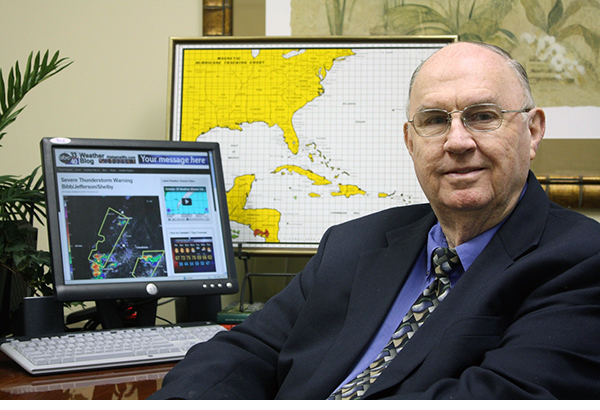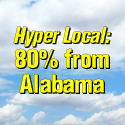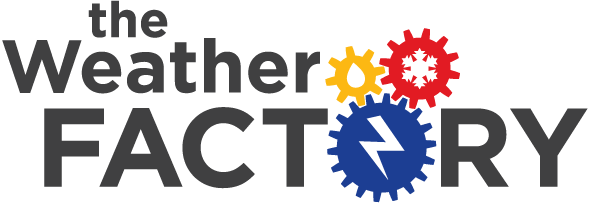The Yankee Hurricane

U.S. Weather Bureau forecasters were tracking a newly formed tropical storm in the Atlantic about 750 miles east of Wilmington, North Carolina on Halloween back in 1935. The storm was intensifying as it steamed west. Floridians took notice of the storm, as they always did, but it appeared destined to affect the Carolinas. Memories of the infamous September Labor Day Hurricane that struck the Keys were fresh on those Florida residents.
Their interest turned to concern and then disbelief as the storm grew into a hurricane and turned southwestward on November 1st. Surely not, they must have thought.
Unlike the Labor Day Hurricane, the warnings came early when the storm was far at sea. Warnings were posted for the North Carolina coast on the 1st On the 2nd, the hurricane turned due south and headed toward the Bahamas and the warnings were extended along the South Carolina coast, but caution was advised all along the coast to the south.
On the 3rd, the hurricane turned southwestward and drew a bead on South Florida. The newly established hurricane warning office in Jacksonville ordered hurricane warning flags hoisted from Miami to Stuart. The warnings received widespread distribution by radiom telephone, telegraph, wire services and posted bulletins.
A hurricane approaching from the northeast. Unusual. It would lead to the storm’s nickname: the Yankee Hurricane.

It reached the coast at Miami around noon on the 4th with the eye passing directly over the city, the calm lasting a little more than one hour. The barometer bottomed out at 28.76 inches. Sustained winds of 75 mph were recorded, with a peak gust of 94 mph. The storm surge at Miami was measured at six feet, with eight feet observed at Fort Lauderdale.
The winter tourist season was just beginning in Miami and many visitors were already in town. The damage was fairly severe for a minimal hurricane, and totaled about $5.5 million in 1935 dollars. A total of 19 fatalities were reported in Florida and the Bahamas.
At the end of the 1935 hurricane season, the two forecaster at Jacksonville were so weary that they were ready to be hospitalized. The Director of the center was Alabamian Grady Norton who would go on to become one of the greatest hurricane forecasters of all time. The other turned out to be pretty famous also: Gordon Dunn, the first official Director of the National Hurricane Center. But many people, including Dunn, recognize Norton as the first Hurricane Center Director.
Category: Uncategorized















